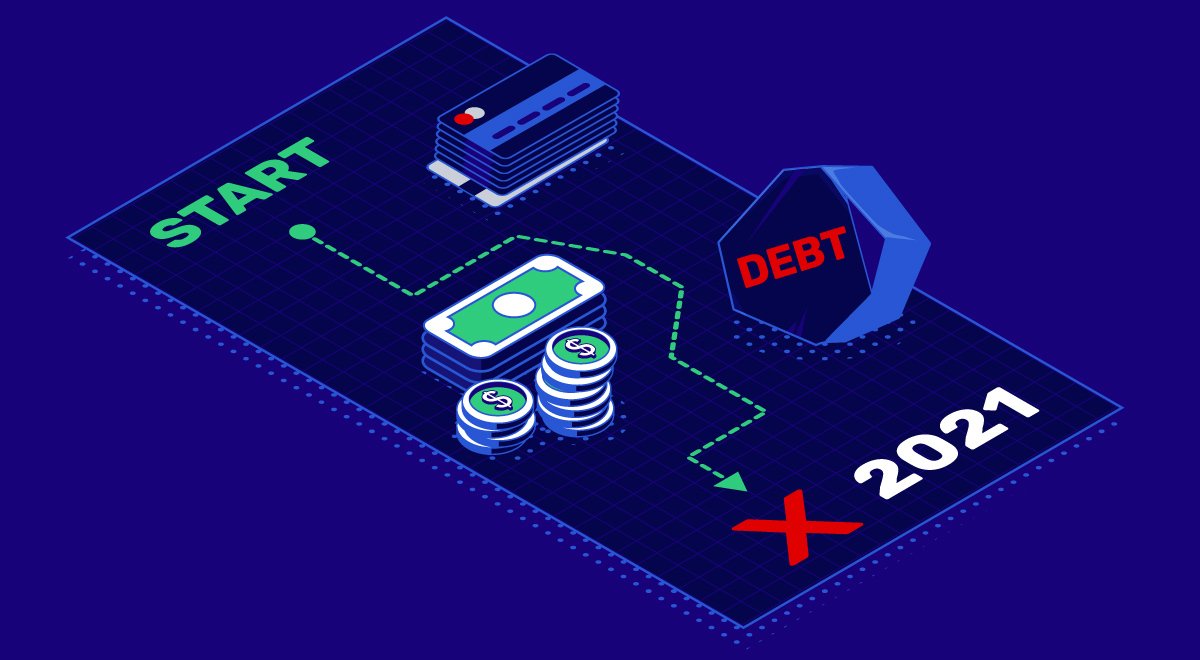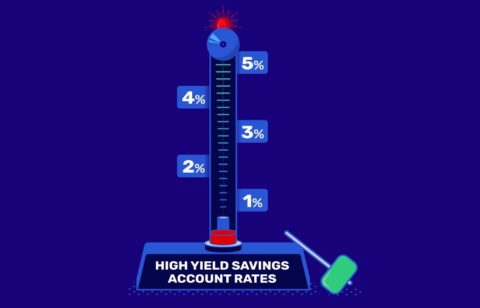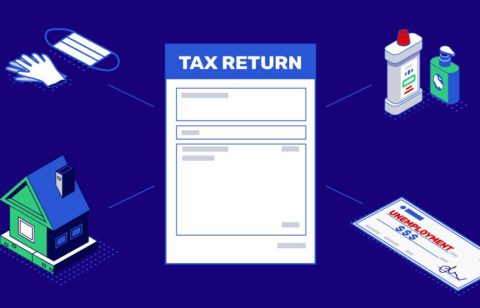As 2020 ends (thankfully!), maybe you should think about making 2021 the year you start saving money. Even during good times, people find it hard to fit saving money into their overall budget. In fact, the Federal Reserve indicates that the personal savings rate for consumers was only 12.9% as of November 2020. Therefore, if you’re one of the people who’ve found it challenging to save any money recently, a new year offers new opportunities to change habits, add a little personal discipline, and start accumulating more savings each month. One of the key decisions you’ll have to make is the type of account (or accounts) you’ll use to accumulate savings and achieve your financial goals. Look at the various types of accounts available, so you can find a good savings plan that meets your needs.
Standard or Traditional Savings Account
Most brick-and-mortar and online banks offer some sort of standard savings account that earns interest. You likely have one of these accounts, or perhaps you did at some point in your life when saving money was important. These types of accounts are useful, especially if you have one at the same bank where you have a checking account; when you have a bill that you have to pay that you’ve been saving up for, such as your property taxes, you can simply shift money from your savings to your checking and take care of it. However, most regular savings accounts earn very low interest rates and many also charge users fees. Therefore, if you don’t plan to use the money you’ve saved for a while, it likely won’t earn any real value while parked in a regular savings account.
High-yield Savings Accounts
There’s been an explosion of online banks over the past two decades. Although most have no physical branches, they operate exactly like the standard banks you’ll find on Main Street in your community. Since these banks usually have far lower operating costs than their brick-and-mortar counterparts do, they often offer higher yield savings accounts. These saving accounts offer interest rates considerably higher than regular accounts and are just as easy to start and maintain. However, since most of the banks that offer these accounts are online, a high-yield savings account may be a drawback if you want to deal with a standard bank located in your community.
Money Market Accounts
A money market account is a hybrid of sorts between checking and savings accounts. Most of these accounts allow users to write a limited number of checks against the account each month and may have a debit card associated with them to facilitate payments and withdrawals. Money market accounts usually offer high interest rates as well, another plus. However, the majority of these accounts require higher minimum balances than other types of savings accounts do. Additionally, while the checking function of these accounts may be convenient for accessing your savings, you may not need or want the temptation of easy access to your savings if you’re trying to wall that money off until you need it for an important life purchase.
Certificates of Deposit
A certificate of deposit, or CD, is a savings account that offers a high rate of interest in exchange for not withdrawing money from the account for a long period. CDs are normally defined by the amount of time they require users to keep the money deposited in the account and range from three months to five years. The longer the period, the higher the rate of return will be on the CD. In most cases, you can earn a higher interest on your savings in a CD than any of the other accounts described here. However, most CDs require users to start with a larger minimum deposit, and you’ll likely pay a penalty if you withdraw your funds early. Finally, while the interest rates are high in certificates of deposit than they are for other savings accounts, it may make sense for users to consider other low-risk investments that can potentially yield higher returns over time than to just have that money idle in a CD for years.
Specialty Savings Accounts
Banks and other financial institutions often offer savings accounts for specific purposes. These include custodial savings accounts for children, college education savings accounts and different types of retirement accounts, such as traditional or Roth IRAs. These accounts all serve different purposes; IRAs for example, allow you to prepare for retirement, while custodial accounts allow you to save money for your children until they’re old enough to make their own decisions on how to use it. However, some of these accounts have specific rules regarding withdrawals, and the advantages of each of them can vary according to your personal tax situation. You should talk to a trusted accountant or financial planner prior to opening one of these accounts.
A Good Savings Plan Often Requires Multiple Savings Accounts
As you start preparing to save more money in 2021, you should keep in mind that you might need different savings accounts for different purchases. For example, you may want to have a standard or high-yield savings account at the same institution where your checking account is, so you can transfer money from savings to pay large annual bills, such as your property taxes. Then, you may also want to have a retirement account to prepare for your second act. If you have kids, you may want to start a children’s savings account for them too, so you can help them sock all those birthday checks away until they’re old enough to use the money. So, figure out what your savings goals are for the new year, and open the accounts you need to help you achieve them.





